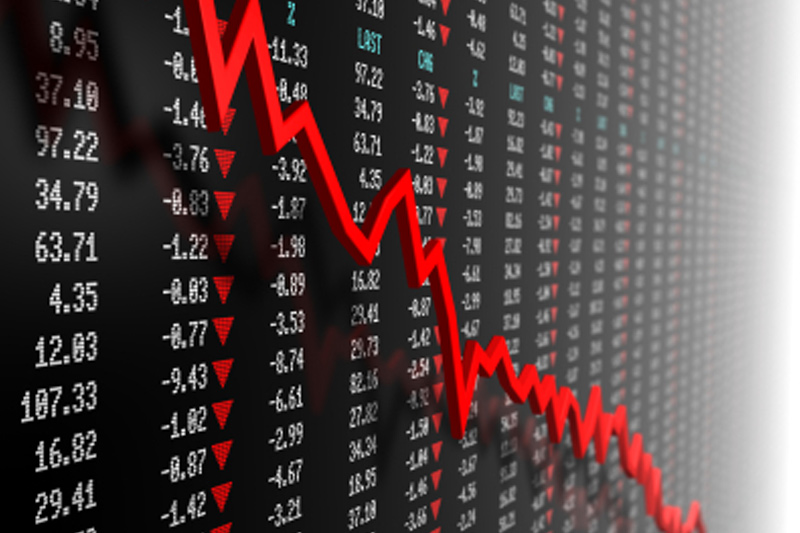Investing.com’s stocks of the week
Investing.com - The Australian dollar slipped against its U.S. counterpart on Monday, after European leaders agreed on deeper economic integration but fell short of a clear plan to resolve the region’s debt crisis.
AUD/USD hit 1.0138 during late Asian trade, the daily low; the pair subsequently consolidated at 1.0141, shedding 0.76%.
The pair was likely to find support at 1.0059, the low of November 16 and resistance at 1.0303, the high of December 7.
At a two-day summit last week, European leaders decided to pursue stricter budget rules for the single currency bloc and to provide up to EUR200 billion in bilateral loans to the International Monetary Fund to help tackle the crisis.
But investors remained concerned as no policies aimed at boosting the region’s ailing economy or any drawn-out plans to implement changes in the euro zone were unveiled at the summit.
Markets were also jittery after Standard &Poor’s placed the credit ratings of 15 euro zone members on negative watch and said it would announce any ratings changes “as soon as possible” after Friday’s meeting.
Earlier Monday, the Australian Bureau of Statistics said that the country’s trade surplus rose less-than-expected to AUD1.60 billion in November, from a surplus of AUD2.25 billion the previous month.
Analysts had expected Australia’s trade surplus to rise to AUD2.02 billion in November.
The data came after a report showing that home loans in Australia rose more-than-expected to 0.7% in November from a 2.2% increase the previous month. Analysts had expected home loans to rise 0.2% in November.
Elsewhere, the Aussie was lower against the euro with EUR/AUD rising 0.15%, to hit 1.3118.
Later in the day, the U.S. was to publish official data on the federal budget balance.
AUD/USD hit 1.0138 during late Asian trade, the daily low; the pair subsequently consolidated at 1.0141, shedding 0.76%.
The pair was likely to find support at 1.0059, the low of November 16 and resistance at 1.0303, the high of December 7.
At a two-day summit last week, European leaders decided to pursue stricter budget rules for the single currency bloc and to provide up to EUR200 billion in bilateral loans to the International Monetary Fund to help tackle the crisis.
But investors remained concerned as no policies aimed at boosting the region’s ailing economy or any drawn-out plans to implement changes in the euro zone were unveiled at the summit.
Markets were also jittery after Standard &Poor’s placed the credit ratings of 15 euro zone members on negative watch and said it would announce any ratings changes “as soon as possible” after Friday’s meeting.
Earlier Monday, the Australian Bureau of Statistics said that the country’s trade surplus rose less-than-expected to AUD1.60 billion in November, from a surplus of AUD2.25 billion the previous month.
Analysts had expected Australia’s trade surplus to rise to AUD2.02 billion in November.
The data came after a report showing that home loans in Australia rose more-than-expected to 0.7% in November from a 2.2% increase the previous month. Analysts had expected home loans to rise 0.2% in November.
Elsewhere, the Aussie was lower against the euro with EUR/AUD rising 0.15%, to hit 1.3118.
Later in the day, the U.S. was to publish official data on the federal budget balance.
